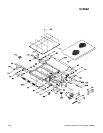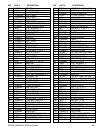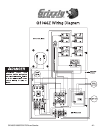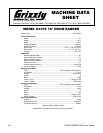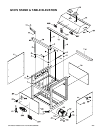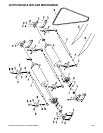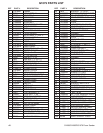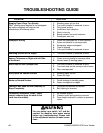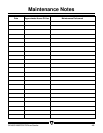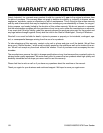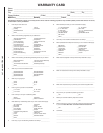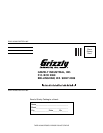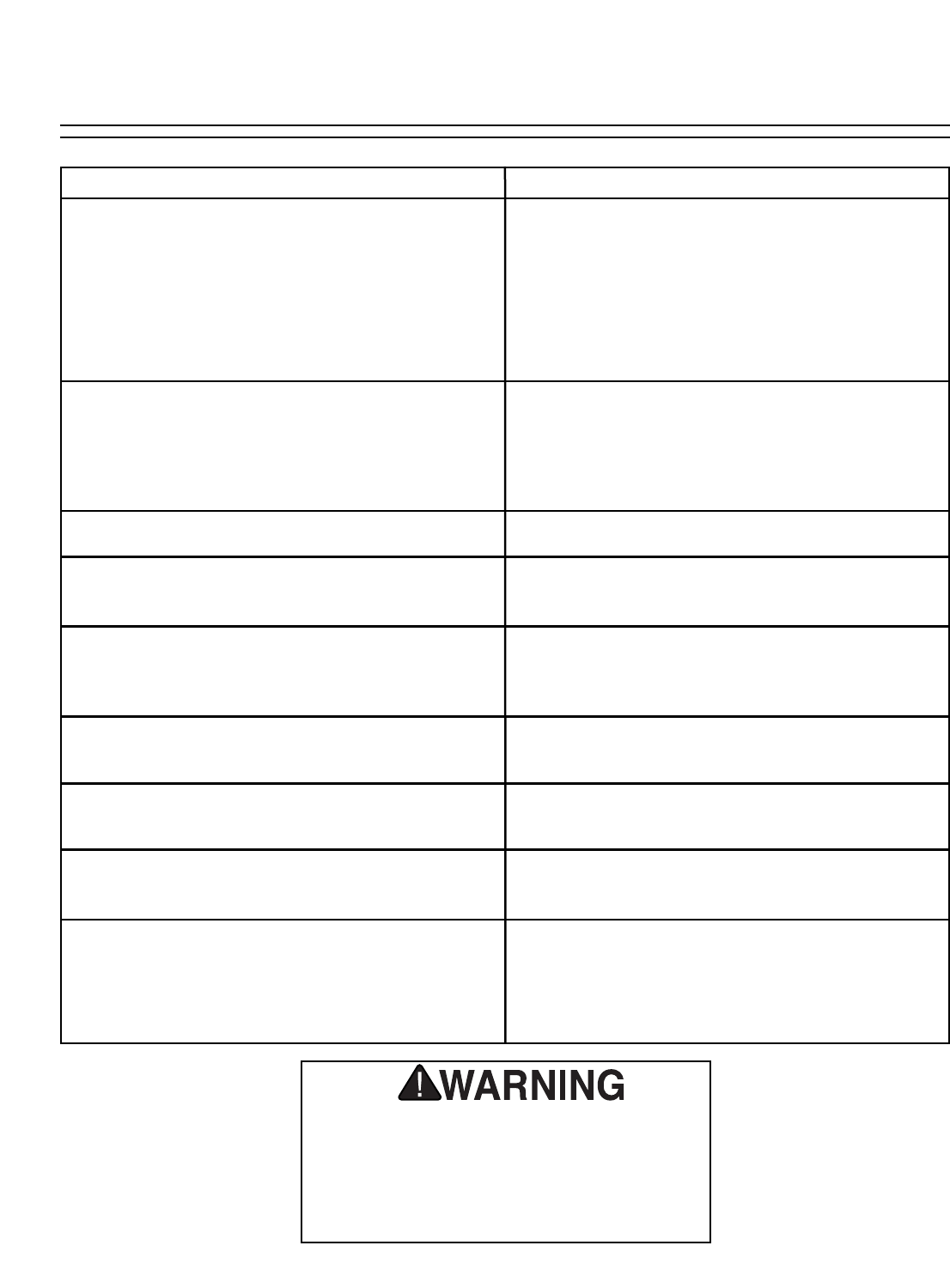
Sanding Paper Clogs Too Quickly 1. Sanding paper grit too fine
PAM
®
cooking spray applied to the sandpaper 2. Too much material is removed at once
will reduce clogging and improve the 3. Dirty board surface
effectiveness of cleaning sticks. 4. Insufficient dust collection
5. Stock is too oily
6. Board contains too much moisture
7. Sandpaper worn out
Sandpaper tearing 1. Drums not perpendicular to feed direction
2. Drums not parallel to conveyor table
3. Sandpaper edges overlapped
4. Tape is slipping
5. Too much material is removed at once
Rounding Occurs on the Edges 1. Too much material is removed at once
Uneven Thickness on Right and Left Side 1. Drums are not parallel to conveyor table
of the Board 2. Uneven wear of sanding paper
Stock Slips on the Conveyor Belt 1. Too much material is removed at once
2. Too much dust on the conveyor belt surface
3. Worn conveyor belt
Shiny Spots on Sanded Surface 1. Sanding paper too old
2. Drums too high
Marks on Sanded Surface 1. Partial damage to sanding paper
2. Paper overlapped on edges
Conveyor Belt does not Run Smoothly or 1. Conveyor belt tension is incorrect
Stops Completely 2. Belt tracking is incorrect
Consistently noticeable “snipe” (more 1. No outfeed support
material removed from the ends of the 2. Pressure roller spring tension incorrect
board than the middle).
3.
Drum height incorrect in relation to pressure
rollers
-48- G1066/G1066Z/G1079 Drum Sander
TROUBLESHOOTING GUIDE
For your safety, turn switch “off” and dis-
connect the machine from power source
before any troubleshooting. Please refer
to the adjustment section to make correc-
tions.
PROBLEM SOLUTION




